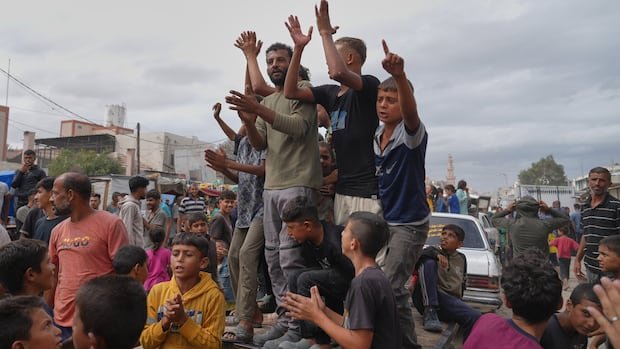Israel’s government officially approved a truce with Hamas, the Palestinian militant group, on Friday. The ceasefire is set to take effect in Gaza within 24 hours, followed by the release of Israeli hostages held by Hamas within 72 hours. The Israeli cabinet endorsed the agreement early on Friday, around a day after mediators disclosed a pact to free Israeli captives in exchange for Palestinian prisoners. This marks the initial step in U.S. President Donald Trump’s initiative to end the two-year conflict in Gaza.
Israeli Prime Minister Netanyahu’s official account mentioned, “The government has just now approved the framework for the release of all of the hostages — the living and the deceased.”
The prolonged war has heightened Israel’s global seclusion and disrupted the Middle East region, becoming a broader conflict involving Iran, Yemen, and Lebanon. It also strained the U.S.-Israeli relationship, with Trump appearing impatient with Netanyahu and urging him to reach a resolution.
Both Israelis and Palestinians celebrated the announcement of the deal as a significant move towards ending two years of conflict, which resulted in over 67,000 Palestinian casualties and the capture of the last hostages by Hamas.
In Deir al-Balah, Gaza, the atmosphere was notably different, with the absence of drone sounds on Thursday. Instead, people were heard honking car horns and engaging in lively conversations, expressing cautious optimism about the ceasefire deal.
Hamas’s Gaza chief, Khalil Al-Hayya, confirmed receiving assurances from the U.S. and other mediators that the war had ended.
As part of the truce, the ceasefire will begin within 24 hours of the government’s approval, followed by the release of hostages in Gaza within 72 hours. While 20 Israeli hostages are believed to be alive, 26 are presumed dead, and the fate of two remains unknown.
The agreement involves the cessation of hostilities, a partial Israeli withdrawal from Gaza, and the release of all remaining hostages by Hamas in exchange for hundreds of Palestinian prisoners.
The full implementation of the accord could bring the two sides closer to halting the conflict than previous attempts. It includes provisions for the entry of trucks carrying food and medical supplies to aid civilians in Gaza, many of whom have been displaced due to the destruction caused by the war.
However, challenges remain, as the list of Palestinians to be released is yet to be finalized. Notably, the potential release of Marwan Barghouti, a prominent Fatah leader serving multiple life sentences, has stirred discussions.
Further steps in Trump’s plan, including governance arrangements for Gaza post-conflict, and the disarmament of Hamas, are subjects yet to be addressed. The agreement proposes a transitional government to oversee daily operations, with Trump leading a new oversight committee called the “Board of Peace.” Former U.K. Prime Minister Tony Blair is also expected to be part of the committee.
The plan also outlines the Israeli troop withdrawal from Gaza, with details on territories to be relinquished. The IDF is expected to maintain a presence in populated areas and the Philadelphi Corridor along the Egypt-Gaza border.
The ceasefire agreement comes after extensive casualties and hostage situations that resulted from the initial clashes between Hamas-led militants and Israeli forces.

